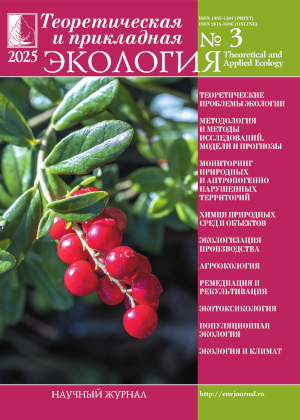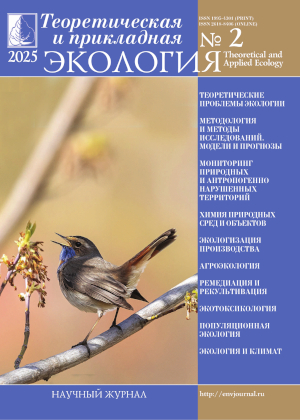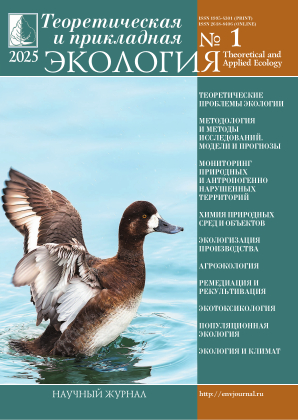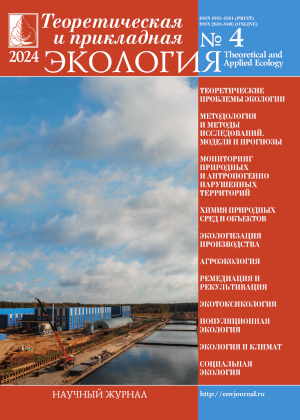 ISSN 1995-4301
ISSN 1995-4301(Print)
ISSN 2618-8406
(Online)
Online version of the journal
|
Evaluating perspectives for the forming an eco-industrial park in the Nizhnekamsk industrial hub |
||||
| I.O. Tikhonova, E.M. Danilova, V.A. Maryev, E.M. Averochkin | ||||
| Section: Methodology and research methods. Models and forecasts |
||||
| Various types of industrial wastes formed in the Nizhnekamsk industrial hub are considered. Requirements to the development of eco-industrial parks are discussed, and a typical scheme for making decisions concerning setting such parks is suggested. Two types of wastes characteristic for the considered industrial hub are identified, namely: low-tonnage (less than 500 tons per year) and large-tonnage (over 500 tons per year). While assessing qualitative characteristics of waste formation, alternative waste management ways are recognized. The priority attention is paid to petroleum-containing wastes, wastes of rubber technical goods and tires, as well as spent oil wastes. Options for waste processing are considered – of both secondary energy resources and secondary material resources, which are preferable for a circular economy. The following methods of waste processing have been selected: pyrolysis for petroleum-containing wastes; production of rubber crumb and bitumen-rubber composition – for wastes of rubber technical goods and tires; production of refined technical oils for spent oil wastes. Based on the results of the consolidated financial assessment, authors suggest the most feasible solution, namely: the technological scheme with the production of 3 products – rubber crumb, bitumenrubber composition and refined technical oils. It is evident, that at the initial stage, this solution requires investment in capital equipment. The least expensive is the technological scheme with obtaining only purified oil, when other wastes are pyrolyzed. Although this scheme is expected to be less profitable, the authors believe that this scheme should be se | ||||
| Keywords: eco-industrial park, secondary resources, industrial waste, recycling, circular economy, utilization, pyrolysis |
||||
| Link | ||||
    |
||||
| Article published in number 4 for 2022 DOI: 10.25750/1995-4301-2022-4-045-051 |
||||
|
|
36, Moskovskya street, Kirov, 610000, Editorial Board "Theoretical and Applied Ecology." Phone/fax: (8332) 37-02-77 e-mail: envjournal@vyatsu.ru The journal was founded in 2007 |
||||||




 Select viewing options
Select viewing options